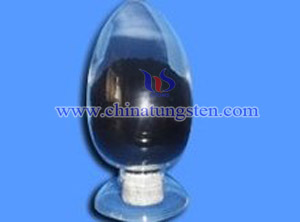Violet Tungsten Oxide Cycle Reduction to Produce Micro Tungsten Powder

Fine and uniformity tungsten powder are key point for producing carbide, and micron and submicron tungsten carbide powder is useful to producing carbide. According to the relevant academic report found that single tungsten oxide can produce submicron or micron tungsten powder. Using violet tungsten oxide (VTO) producing fine tungsten oxide not only the process of it is simple as well as process parameters are easy to control and also equipment are not complex etc. Producing process as follows: 1. VTO were first reduction in hydrogen, along a first temperature of 640 ℃, the second temperature of 760 ℃, third temperature of 860 ℃, when the temperature reaches 860 ℃ heat preservation for 20min. 2. in the air at 500 ℃ making tungsten powder to oxidation with slowly heated for the first time, then heat preservation for 10min. 3. Replace the first step and second to continuous cycle reduction reaction. 4. Using alcohol on the analytical results above steps were dispersed pattern, then


